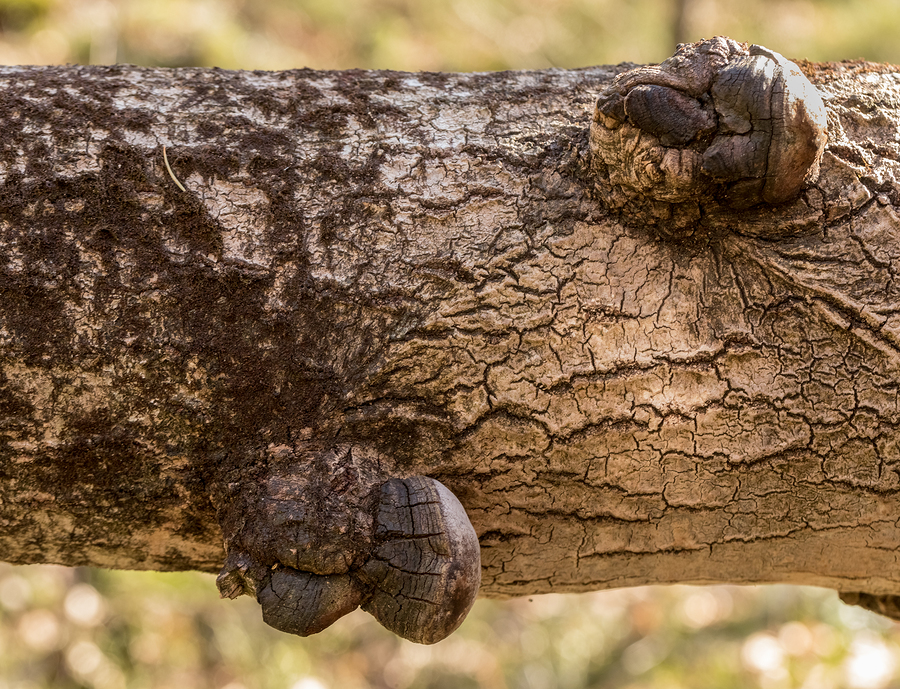Trees are a living species just like humans and animals, which means they can become sick, and even die, from disease. Although there are several types of diseases that can affect landscaping trees and shrubs in the spring and summer, you can feel better knowing that there are even more ways to protect your trees from harm.
Continue reading to learn a few of the most common tree diseases, and what you can do to ensure they are well-protected season to season.

Anthracnose
Anthracnose is a fungal disease. It is caused by a group of fungi that attack foliage and yields of trees. Although it can attack all trees, the most common victims are Sycamore Trees and Flowering Dogwoods. The disease causes premature leaf defoliation and a twig blight that leads to witches blooming. To prevent this disease, apply fungal treatments and pesticides to tree leaves two weeks prior to budding. You may also benefit from trunk injections with systematic fungicides.
Heart Rot
Heart rot is a common fungal disease that can affect all species of hardwood deciduous trees. The most common victims include birch, beech, cedar, dogwood, and maple trees. It causes the wood from the center of the trunk to rot from the inside, out. Damage to tree branches is generally the cause of heart rot, so treatment can be challenging. Incidents like fires, improper pruning, pest infestations, and other types of structural damage is a common cause for heart rot.
Powdery Mildew
If you have seen tree leaves and plants covered in a white powder-like substance, you may have witnessed a disease called powdery mildew. It is caused by a variety of fungal pathogens that grow on top of the foliage, and essentially looks like flour sprinkled all over the foliage. But this powder is not powder at all; it is called white mycelia, which are fungal threads and spores. Treatment for this disease is tricky, but it can be prevented by planting in proper areas.
Oak Wilt
This disease primarily affects Oak trees. It is a systematic fungal disease that unfortunately fatal. Symptoms include leaf wilt, leaf discoloration, and foliage loss. The most common regions where Oak Wilt is predominant include New York, Pennsylvania, Minnesota, South Carolina, and Texas. It is transmitted by beetles and root graphs. Red Oaks cannot be treated, but most Whites can.
Worried Your Trees are Sick or at Risk of Disease?
Call a Fishers Tree Care Company for Help!
Call 317-537-9770 for professional tree service in Fishers, Indiana. We provide residential and commercial tree service, including tree trimming, tree pruning, tree removal, stump grinding, lot clearing, underbrush removal, and much more. Request an estimate, today.



